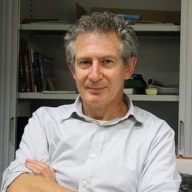On a trip to Geel, Derek Blyth discovers a murdered Irish saint, a community that cares for strangers, and a mellow city that is simply crazy about reggae.
It might seem like a mad idea. Half an hour on a slow train from Hasselt, the small city of Geel seems a little lost. The train is an old type you don’t often see in Belgium anymore. It stops at rural stations in the middle of nowhere. You might wonder if there is any reason to make the trip.
Not many people come to Geel as tourists. They come here because they are mad. Maybe I need to put that another way. They come to Geel to be cared for in the community. The city has been doing this for at least seven centuries. I wanted to find out why.
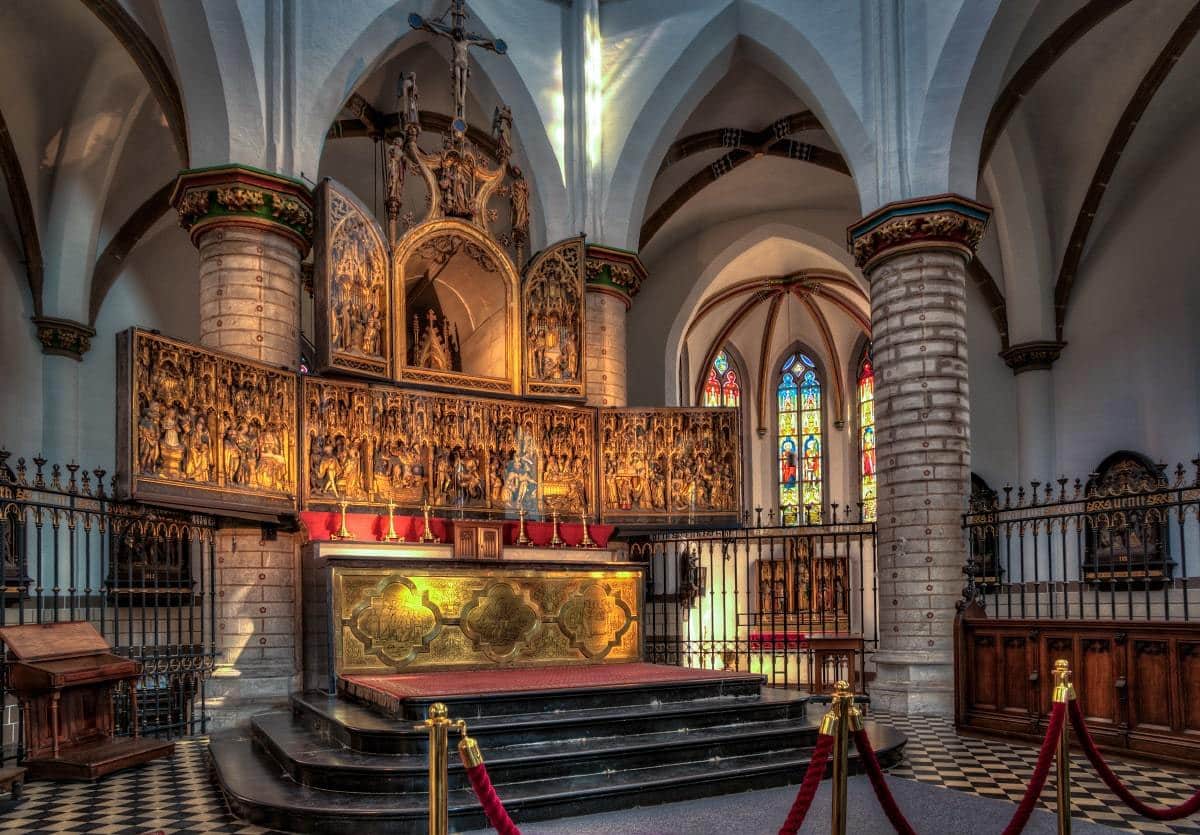 Inside the St Dymphna church
Inside the St Dymphna church© Kristof Donné
It all started with an Irish princess called Dymphna (spelt Dimpna in Flanders). Her shrine is preserved in the Sint-Dimpnakerk, opposite the Sint-Dimpna Hospitaal and the Sint-Dimpna College. There is also a local drink called Sint-Dimpna Elixir. Even the local football team is called St. Dimpna. I decided to visit the Sint-Dimpnakerk to find out more about the local saint who is everywhere.
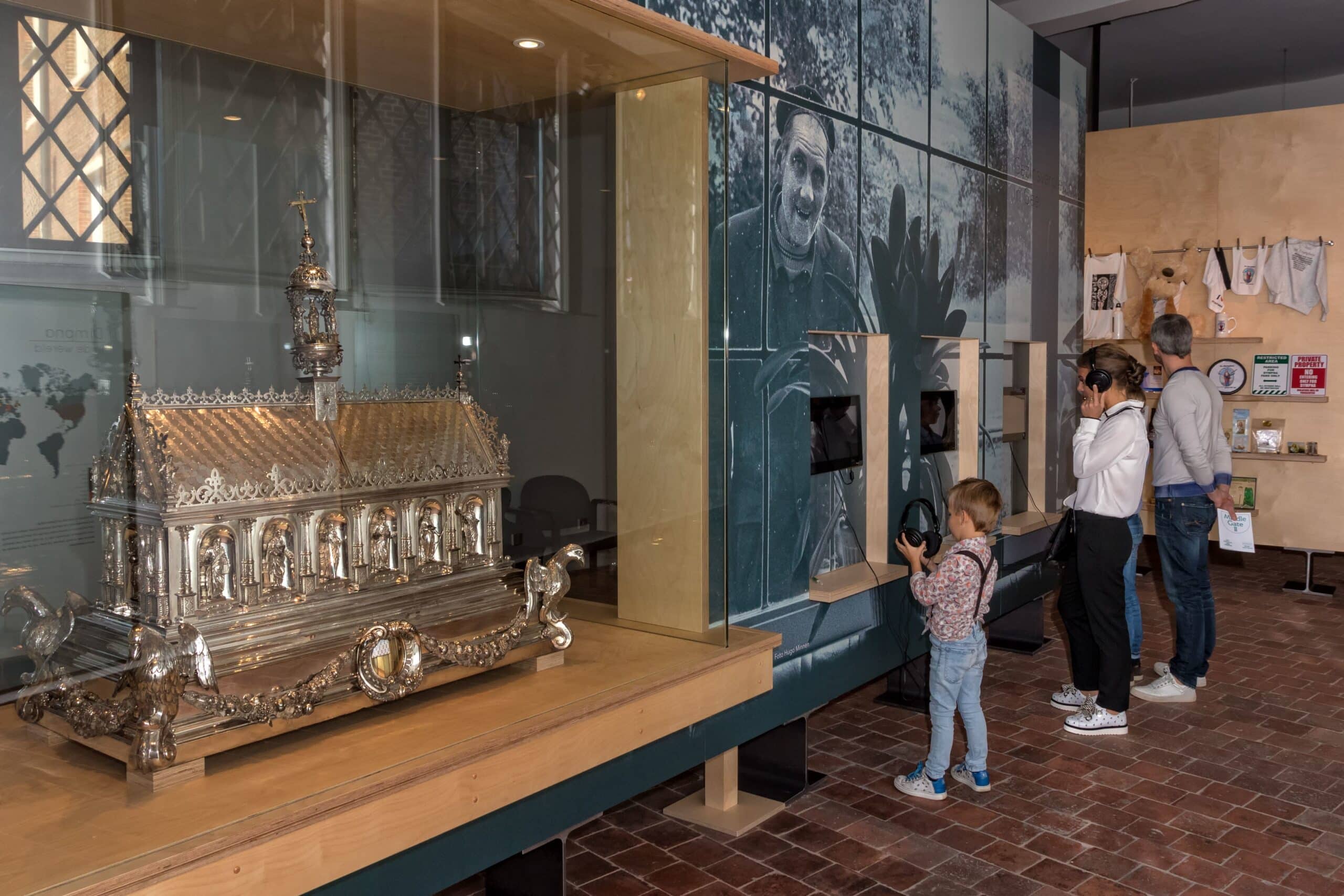 The shrine of St Dymphna is preserved in the St Dymphna church
The shrine of St Dymphna is preserved in the St Dymphna church© Kristof Donné
According to an ancient legend, Dymphna was the daughter of a 7th-century Irish king. When his wife died, the king searched desperately for another woman as beautiful as his wife. He could find no one apart from his own daughter, who he tried to force into marriage. She fled to northern Europe and sought refuge in Geel. But her father tracked her down and tried once again to make her marry him. When she refused, he beheaded her in a mad rage.
In the years that followed Dymphna’s death, she was adopted as the patron saint of mental illness. Mediaeval pilgrims began to arrive at her shine in Geel, seeking miraculous cures for madness. A church was built in 1349 on the site of the shrine and a dormitory added in 1480 to accommodate the growing number of pilgrims. But even that was not enough. When all the beds were taken, locals would put up the pilgrims in their farmhouses and barns.
It grew into a tradition. For more than seven hundred years, residents of Geel have been opening their homes to people suffering from mental health problems. The boarders are taken in as members of the family and asked to do small tasks, like cooking or looking after the farm animals. Some boarders stay with the same family for years. One resident who died at the age of 100 had spent 80 years living with the same Geel family.
Dating back to the age of Chaucer, the Geel method is a unique form of family social care. The locals are careful not to use words like ‘mad’ or ‘mentally ill’. Even the words ‘patient’ and ‘psychiatric’ are avoided. The people who are cared for are called ‘guests’ or ‘boarders’. They might be described as ‘special’ or ‘different’. Never ill.
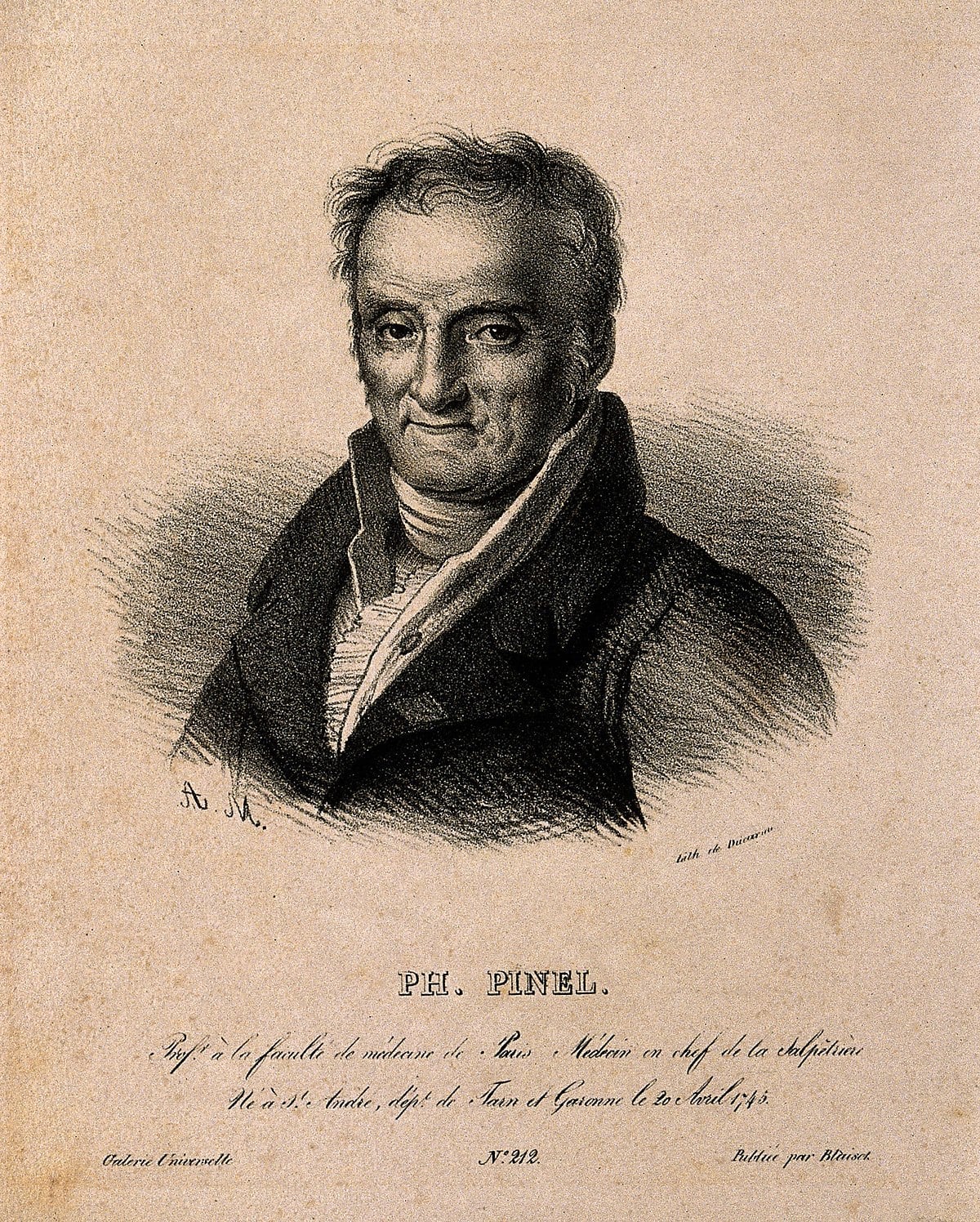 French psychiatrist Philippe Pinel (1745-1826)
French psychiatrist Philippe Pinel (1745-1826)© Wikimedia Commons
By the 19th century, Geel had become famous for its tolerant, generous method of care. In a century that saw the emergence of grim institutional asylums, Geel stood for a more progressive ideal. The pioneering French psychiatrist Philippe Pinel saw it as an inspiring model for Paris to copy. ‘The farmers of Geel are arguably the most competent doctors; they are an example of what may turn out to be the only reasonable treatment of insanity and what doctors from the outset should regard as ideal,’ he wrote.
One family in Geel took in a Polish prince who arrived in a carriage with his own butler. The Dutch sent so many people here that a Protestant chapel was built in the Van Disselhuis. It is still standing in the street leading to the station. Vincent van Gogh’s father was so impressed that he considered sending his troubled son to Geel in 1880. But Van Gogh had his own plans.
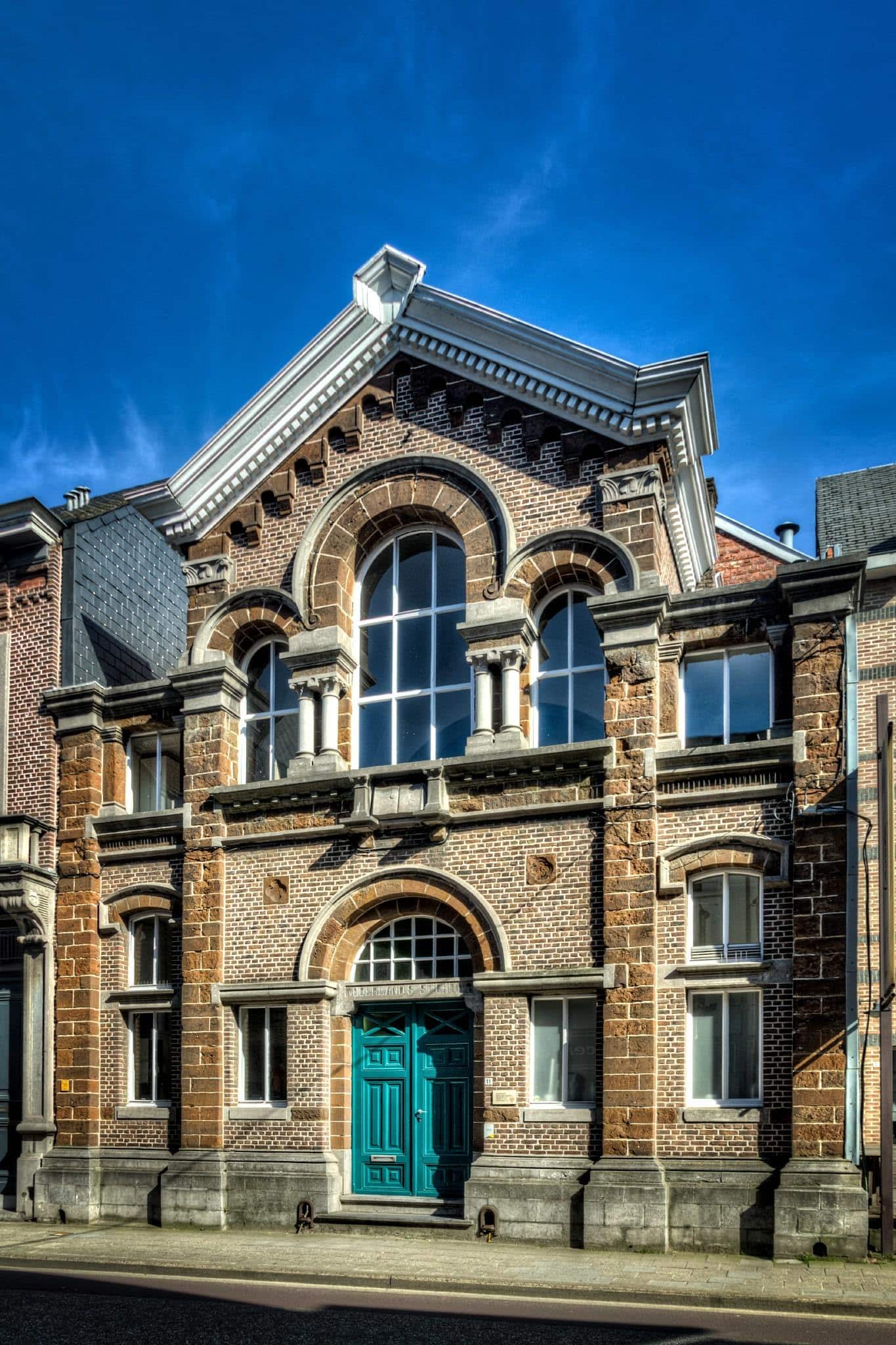 Van Disselhuis
Van Disselhuis© Kristof Donné
The Geel system reached its peak in 1938 when more than 3,700 patients were living with local families – a quarter of the total population. People sometimes joked that it was impossible to tell the locals from the boarders. ‘Half of Geel is crazy, and the rest is half crazy,’ went one joke.
Doctors and psychiatrists travelled from across Europe and America to study the Geel system. Dozens of cities in France, Germany and Belgium established their own version. In 1902, the International Congress of Psychiatry officially declared the Geel system to be the best treatment for mental illness.
The Geel model has for decades attracted attention from researchers. The Geel Research Project began to study the system in the 1960s. One academic called it ‘radical kindness’. When Ellen Baxter was looking for a humane way of treating mental illness in New York, she decided to look at what they did in Geel. She spent a year in the modest Belgian city in 1975 interviewing more than 70 foster families and boarders. ‘I’ve never been offered so much cake, cookies and coffee,’ she said in an interview with De Morgen newspaper. Each person was different, but they were all tolerated, no matter how disturbed they were, she noted.
It opened her eyes to a different way of doing things, Baxter said. The situation in America in psychiatric hospitals was scandalous, she realised. Baxter returned to New York to set up the Broadway Housing Communities in 1983. Modelled on the Geel system, it grew into a pioneering project with 400 apartments spread across Harlem caring for the unemployed and mentally ill. It costs just $12,500 to house a person every year, compared with $60,000 for a prison cell and $125,000 for a bed in a psychiatric hospital, the project organisers say.
The number of boarders in Geel has dropped sharply in recent years to about 200 people. It could soon die out. Not because it doesn’t work, but because care in the community is now widely seen as the right approach. The world has copied Geel.
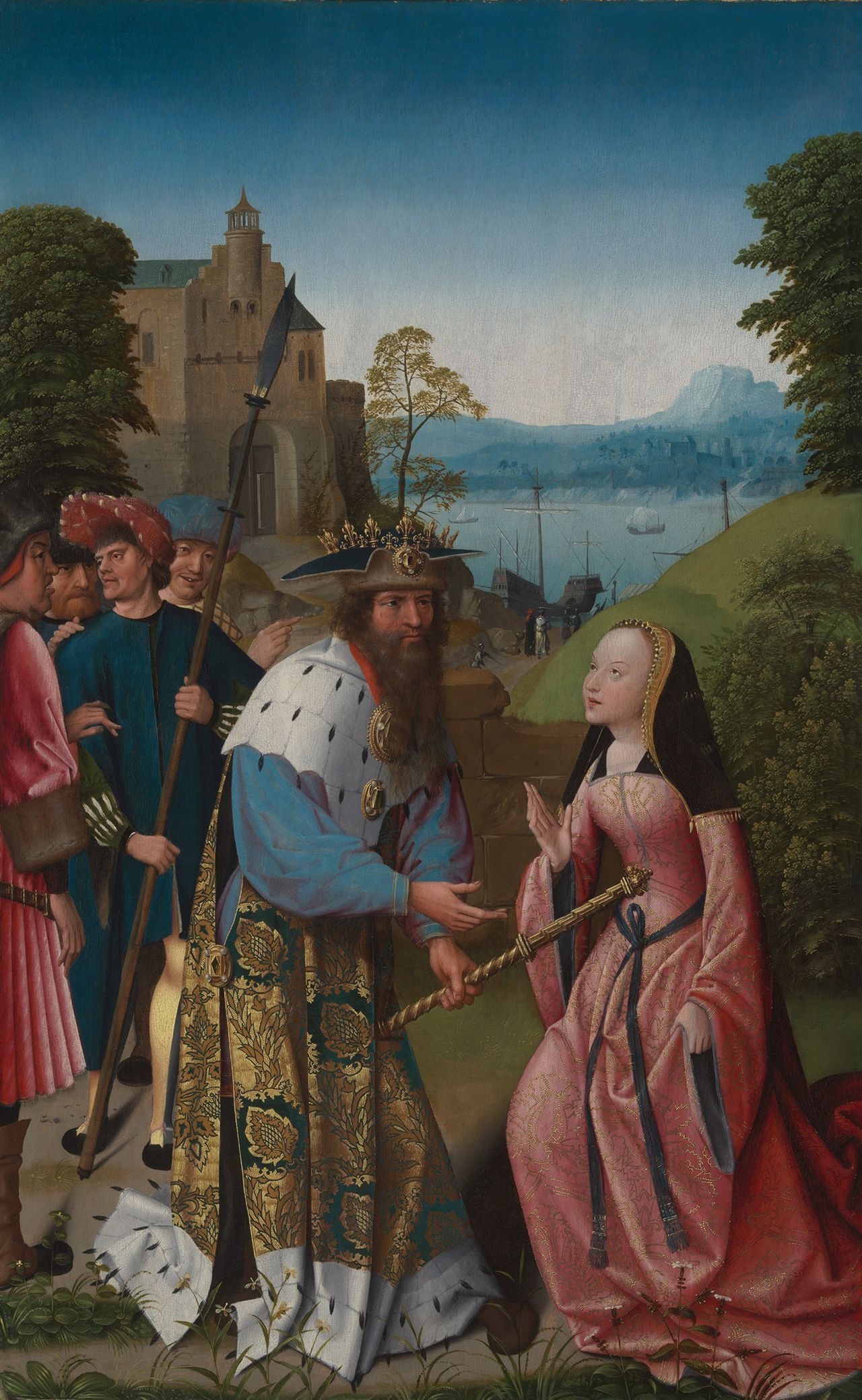 Goossen van der Weyden, Dymphna, 1505, The Phoebus Foundation
Goossen van der Weyden, Dymphna, 1505, The Phoebus Foundation© Wikipedia
The Dymphna legend has inspired countless paintings, including a beautiful altarpiece painted in 1505 by Goossen van der Weyden, grandson of the more famous Rogier. The seven surviving panels (one is lost) were recently restored by the Phoebus Stichting, a private foundation, and displayed in the Sint Dimpnakerk in a fascinating exhibition titled Crazy about Dymphna (until 28 August 2022).
The exhibition tells the story of Dymphna using video, interactive screens and animated clips that compare the paintings to comic strips. It also includes fascinating video interviews with local families, boarders and mental illness experts. The message is that the Dymphna story is still relevant to modern life. Her legend has elements of incest, MeToo, women’s rights and mental illness.
***
 The Gasthuismuseum. The building was originally a hospital founded in 1286 to care for the growing number of pilgrims visiting Dymphna’s shrine.
The Gasthuismuseum. The building was originally a hospital founded in 1286 to care for the growing number of pilgrims visiting Dymphna’s shrine.© Kristof Donné
The Dymphna story continues in the Gasthuismuseum on the other side of the street. The building was originally a hospital founded in 1286 to care for the growing number of pilgrims visiting Dymphna’s shrine. Now a museum, the complex incorporates a chapel, cloister, hospital and bakery. The interiors have been lovingly furnished with old furniture, paintings, hospital beds and cooking equipment. As you wander around, you hear the sound of a distant choir, as if the nuns are still living here. There are coats and hats hanging on hooks in the hallway to add a domestic touch.
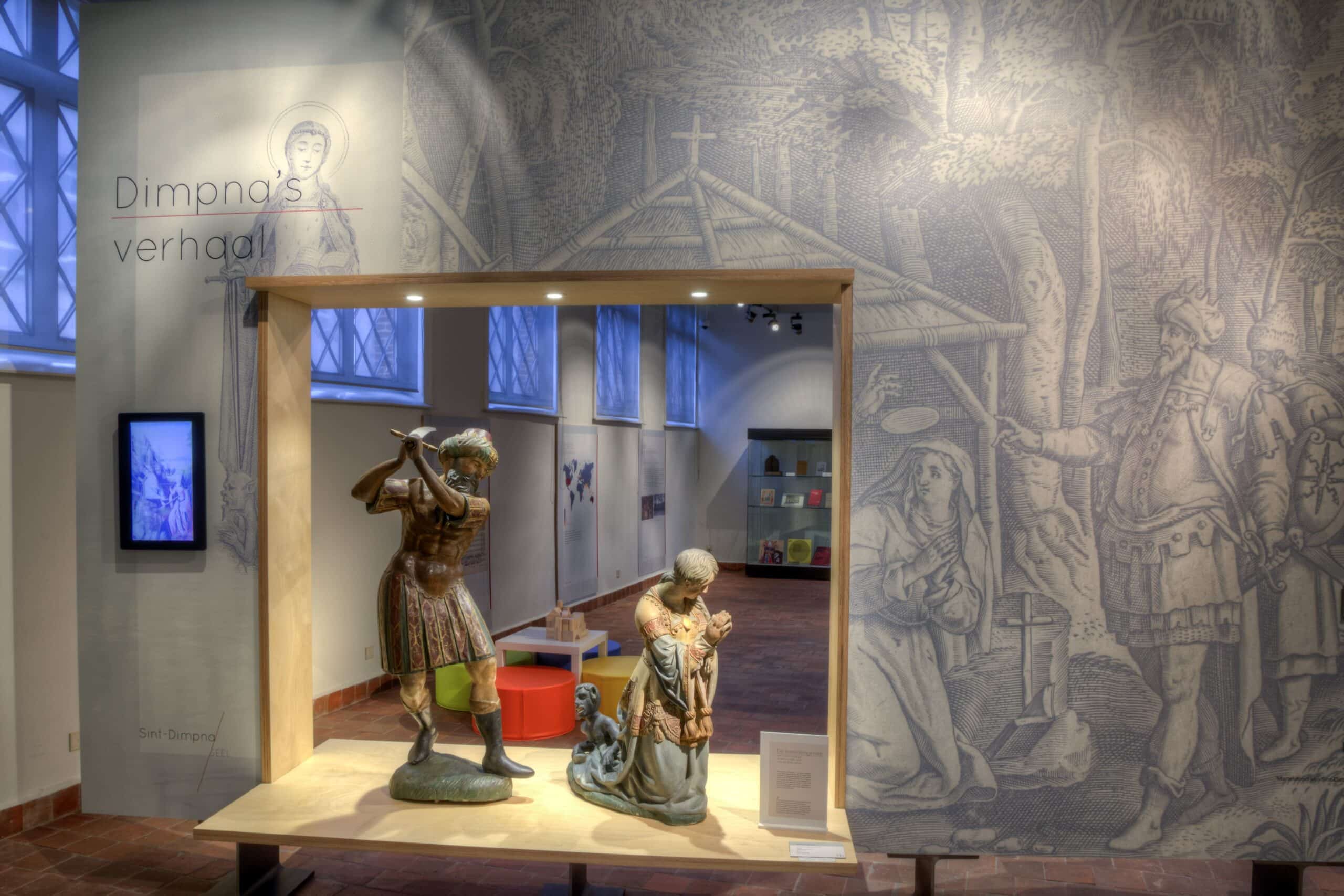 The Dymphna story continues in the Gasthuismuseum.
The Dymphna story continues in the Gasthuismuseum.© Kristof Donné
The museum and church are on the edge of Geel, about ten minutes from the main square. I followed a meandering network of ancient lanes that provide quiet routes through the city. They don’t appear on Google maps, but they are marked on the free tourist office map as trage wegen, or slow roads. The route takes you past grand houses in Art Nouveau and Art Deco style, but some parts of Geel look more like a village, a place where everyone knows everyone.
But then I reached the main square. It was mad. I had picked the wrong time to visit. It was the Palmenmarkt, a five-day fair held around Palm Sunday. The streets were filled with fairground rides, kids screaming on roller coasters, stalls selling the sweet, oily beignets called Smoutebollen.
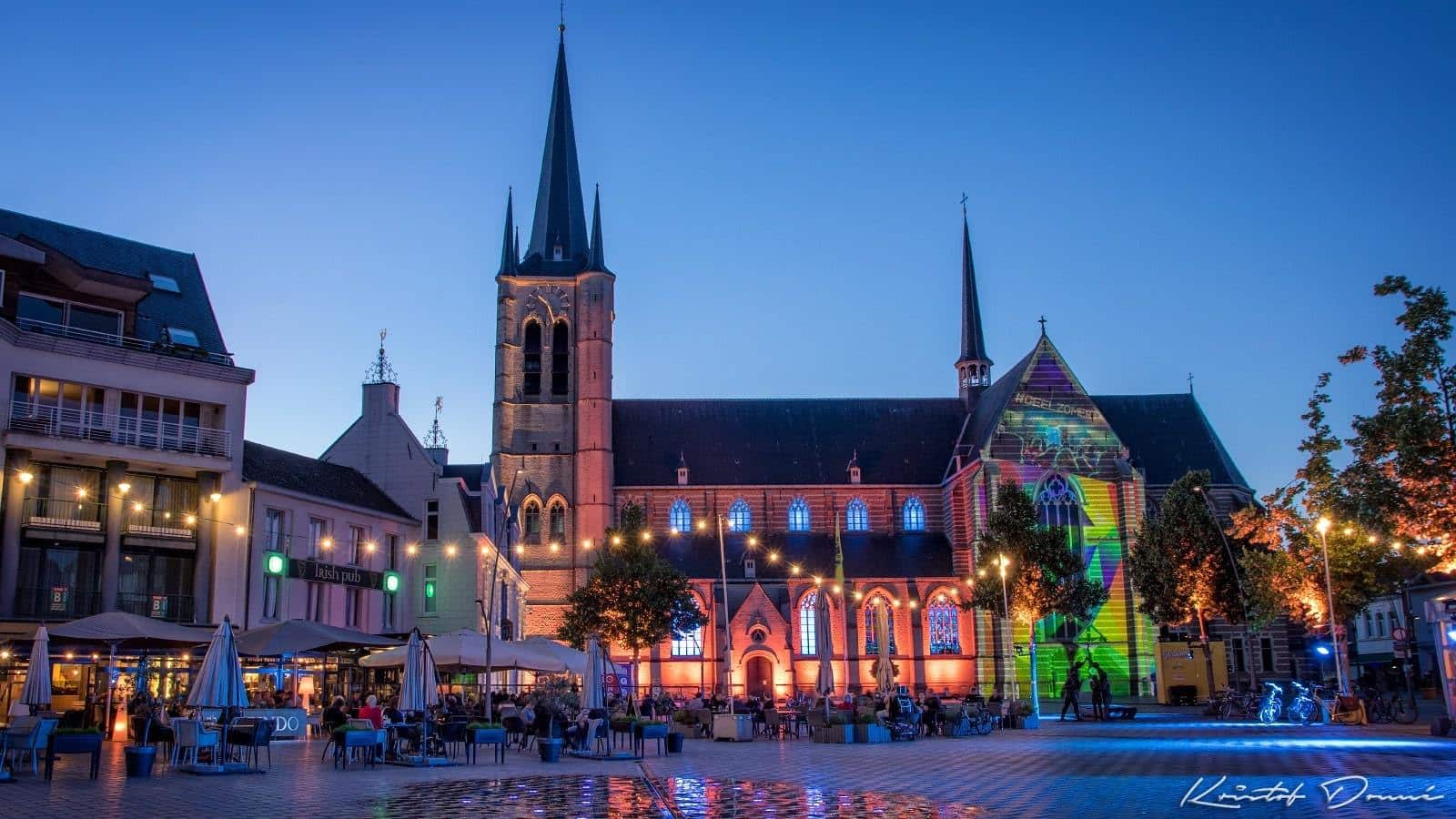 The main square of Geel
The main square of Geel© Kristof Donné
I passed a row of crowded cafes. And that’s when I remembered something I had read recently. ‘The streets are lined with cafes and you see these kind of people sitting around who look slightly different,’ the cultural historian Mike Jay said in an interview. ‘But after a while, you don’t really notice.’
I stopped at a gaudy food stand to pick up a portion of frietjes with a squirt of mayonnaise. There were a lot of people in wheelchairs. And other people who looked, well, different. More than you would expect. But the mood was relaxed. It reminded me of a Bruegel painting. One of those wild Carnival scenes out in the Flemish countryside.
The cafe terraces were full. Everyone drinking beer. But I finally stumbled upon a quiet cafe called Kolorkaffee. The façade painted bright red. A narrow corridor led into a little house with two small rooms and a small back garden. It was decorated with old furniture, table lamps and jazz record sleeves. The mood was relaxed, like a family gathering. Like everywhere in Geel.
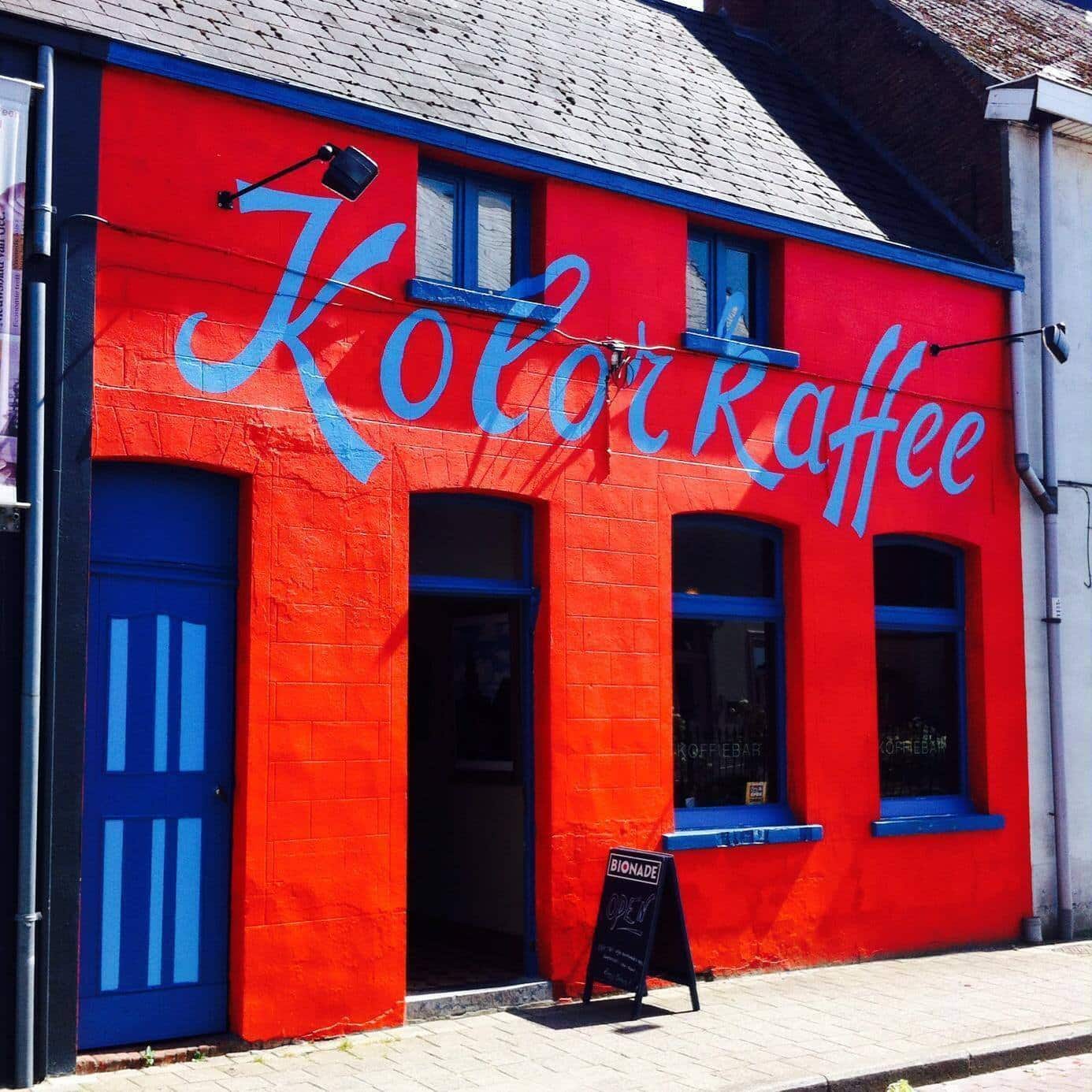 Kolorkaffee
Kolorkaffee***
The origin of the name Geel is not certain. The word geel in Dutch means yellow. A local told me it is called Geel because of a mysterious region of yellow sand outside the city deposited during the last ice age.
‘I’m from Yellow,’ the art curator Jan Hoet once told an American journalist. Hoet grew up in a house on the edge of Geel attached to the Psychiatric Hospital where his father worked. He grew up in a white 19th-century villa along with five ‘zottekes’ (crazies) who boarded with the family.
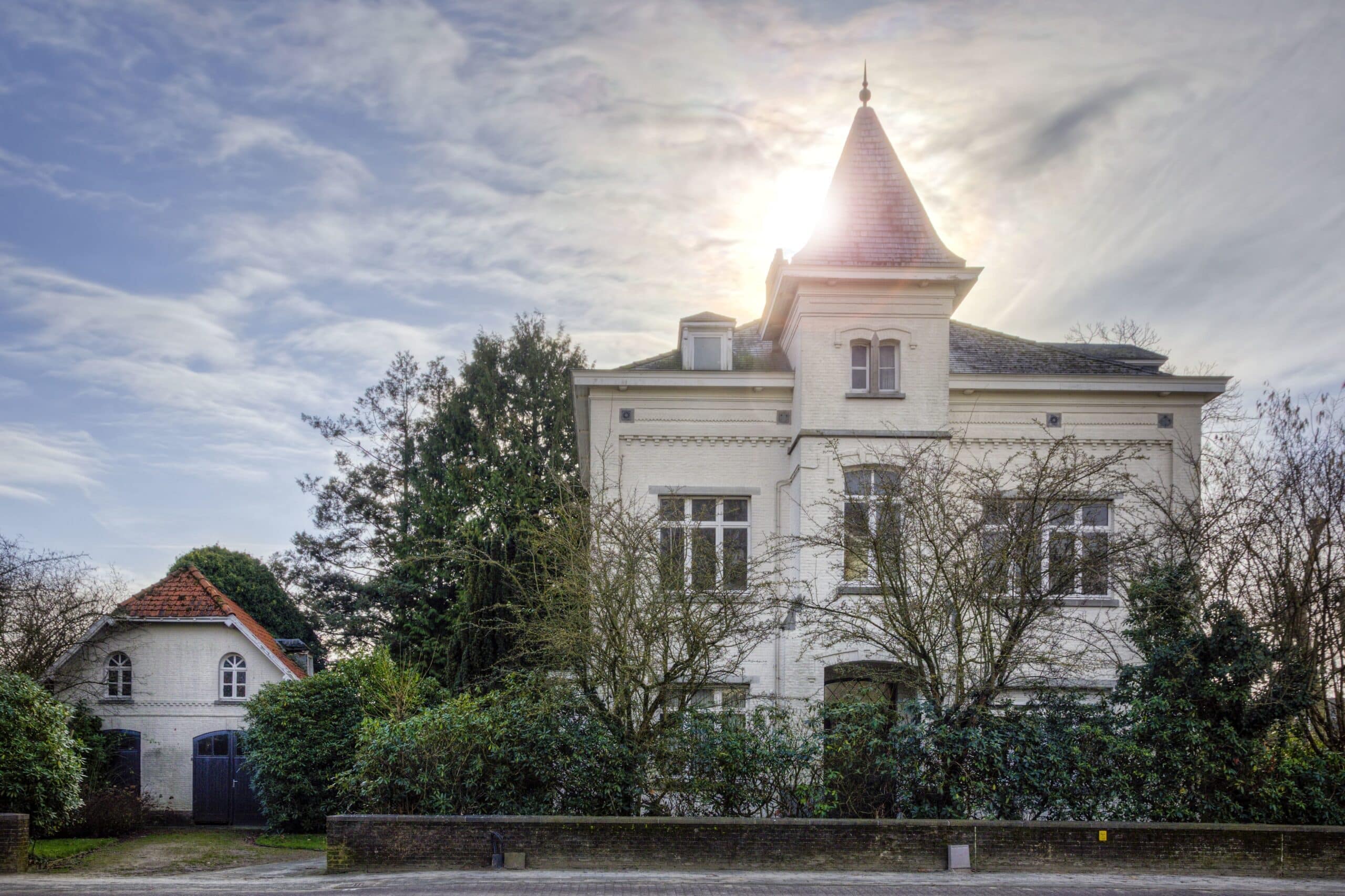 Art curator Jan Hoet grew up in a house on the edge of Geel attached to the Psychiatric Hospital where his father worked.
Art curator Jan Hoet grew up in a house on the edge of Geel attached to the Psychiatric Hospital where his father worked.© Kristof Donné
In 2001, Hoet returned to Geel to organise a small but important art exhibition in the former family home. The exhibition titled Y.E.L.L.O.W. was a big success. It led to the creation of an art centre in the family house called Yellow Art dedicated to artists struggling with mental problems.
The Brussels-based Irish performance artist Ella de Burca recently created an art trail based on a week living with a host family in Geel. ‘It’s ironic that the patron saint of Geel is the Irish Dymphna, because mental healthcare in Ireland is an abomination,’ she told the Gazet van Antwerpen.
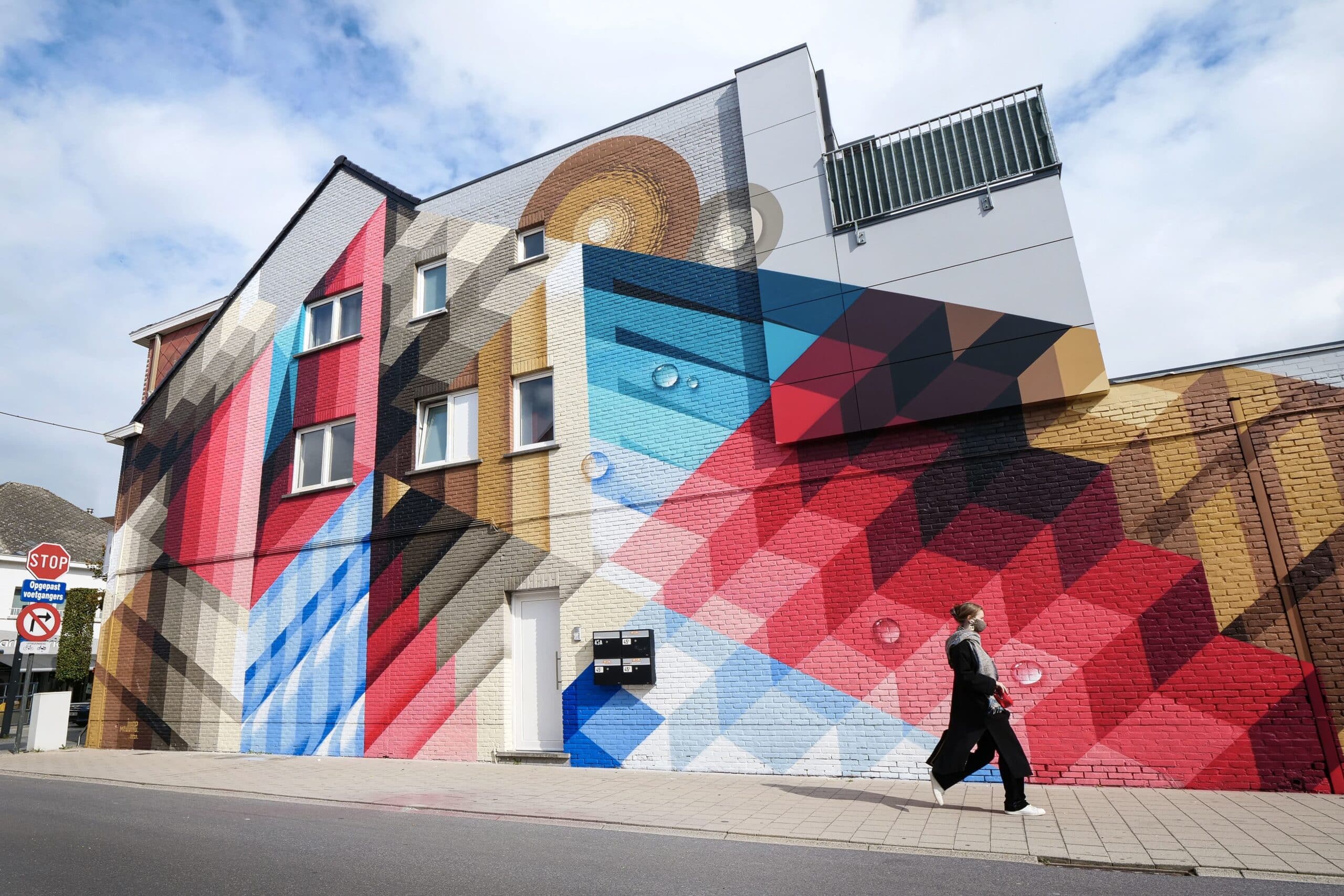 Murial by Mr June
Murial by Mr June© Visit Geel
I set off to track down some more street art. It wasn’t difficult. The British street artist Helen Bur has painted two small figures on the outside wall of Kolorkaffee. The figures, seen from behind, are part of a global project she calls Little People. She creates mysterious portraits of people she happens to meet on her travels. She has painted 18 miniature portraits on the walls of local shops and cafes in Geel that show the owners from behind. You can spot them all over the city – on a record store, a fashion shop and a fishmonger.
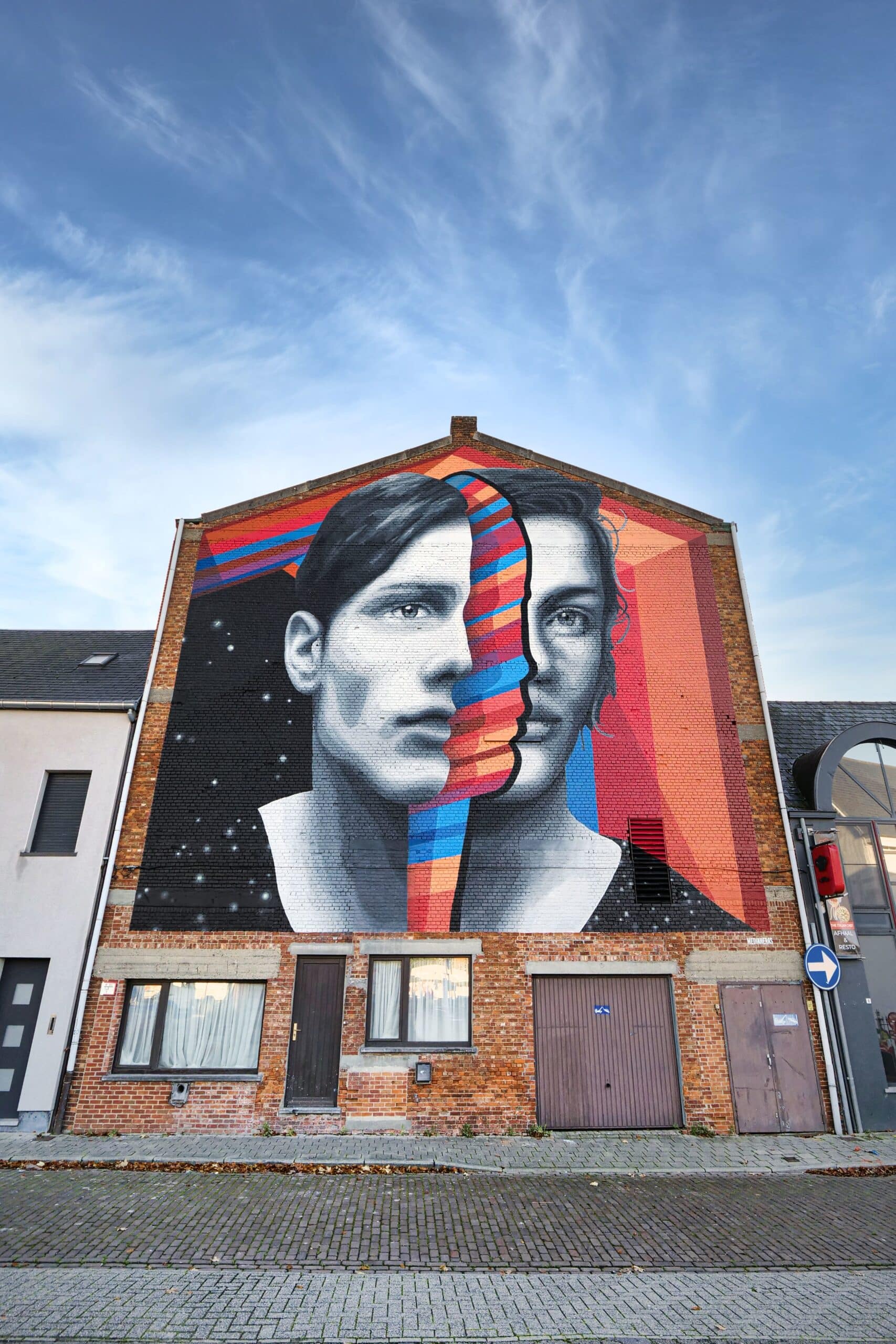 Mural by Medianeras
Mural by Medianeras© Visit Geel
In the same street as Kolorkaffee, two Argentinian street artists who work under the name Medianeras have created a huge portrait on the front wall of a house. It shows a face split into two halves that look like they could be male and female. The aim is to raise awareness of gender diversity and equal rights, the artists explain.
The most striking work is a 20-metre-high mural on a wall of the modern Sint-Dimpna hospital. The Belgian street artist Bart Smeets, who signs his works Smates, created an astonishing portrait in 2019 showing a child looking over a wall at the moon.
***
I was slowly getting to know Geel. It is a neat, quiet place. People are happy to live here. Je komt er, je blijft er – You come here, you stay here, is Geel’s official slogan. Maybe you do stay. But would you ever want to visit?
The tourist office recently launched a subtle advertising campaign to attract Flemish tourists. ‘Lam Gods of toch Sint Dimpnaretabel,’ it asked – Is this the Lamb of God altarpiece (the famous work in Ghent) or the Dymphna altarpiece? ‘Koksijde of toch Belse bossen,’ was the next question, asking whether the dunes in the photograph were at the Belgian coast or just outside Geel. ‘Japanse tuin of toch Stadspark Geel’ – the Japanese garden in Hasselt or simply the city park in Geel? You can probably guess the answer.
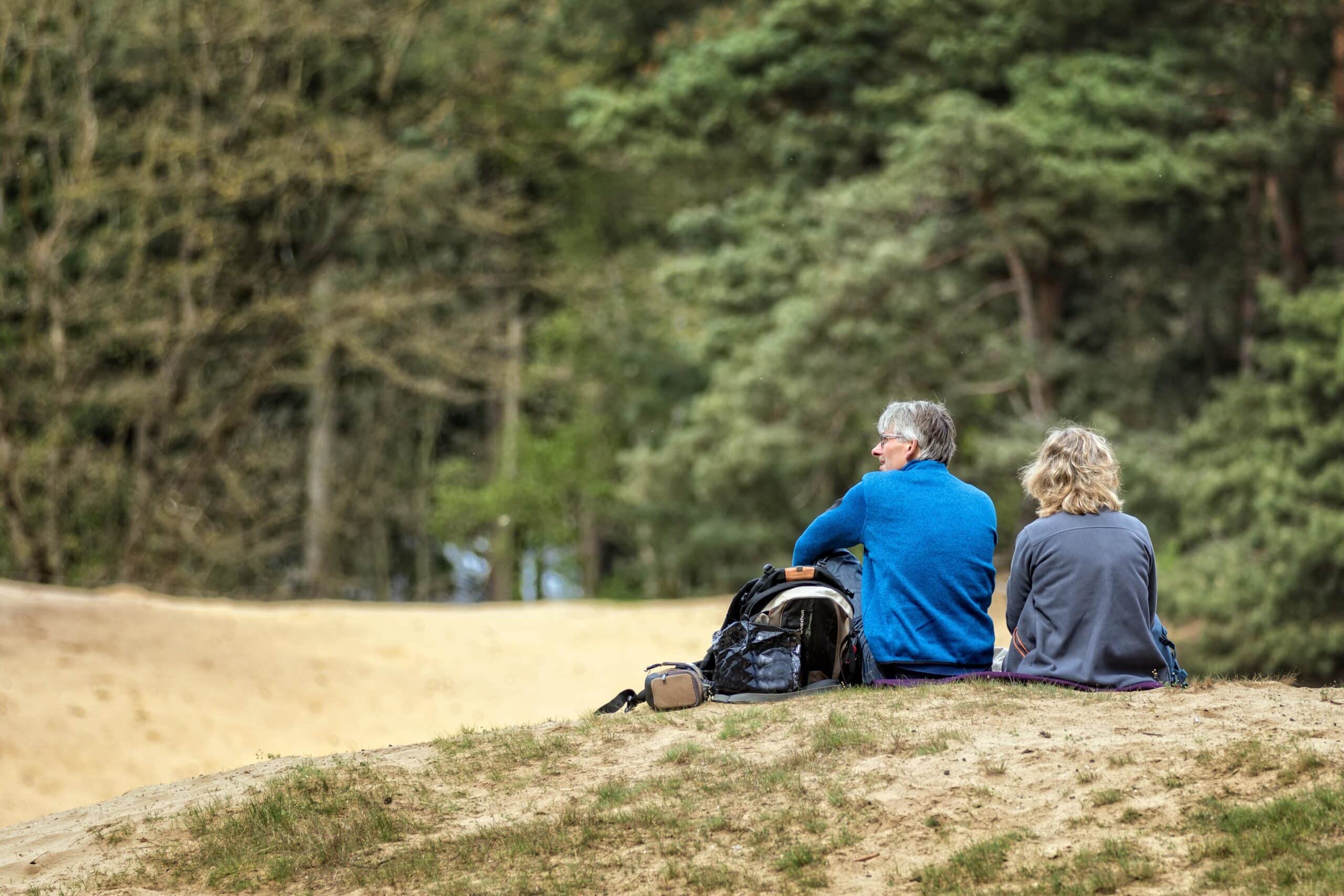 The Forests of Bel (Belse Bossen)
The Forests of Bel (Belse Bossen)© Kristof Donné
The local business organisation launched a separate campaign to bring people to the shopping streets. Centrum Geel kleurig winkelen – Colourful shopping in the centre of Geel, the slogan ran. And the word kleurig (colourful) was printed in yellow, just to nail the message.
‘You definitely have to visit Tony’s Muziekhuis,’ I was told. ‘It’s a Geel institution.’ The shop is run by Tony Janssens, but it was founded by his father Frans more than 80 years ago. Tony started out selling radios, sheet music and musical instruments. Then he began to stock long playing records. Then cassettes.
For a small city like Geel, Tony’s is an amazing place. It stocks more than 35,000 records. Everything from Elvis’ 1956 hit That’s Alright Mama to Adele’s latest album. It was voted the best record shop in Belgium in 2019 and again in 2021. Music fans drive hundreds of kilometres to pick up a rare vinyl release. Tony’s became even more famous in 2020 when Bruce Springsteen posted a photo of the shop window on social media. Tony had caught Springsteen’s attention with his hand-painted sign announcing the new album Letter to You.
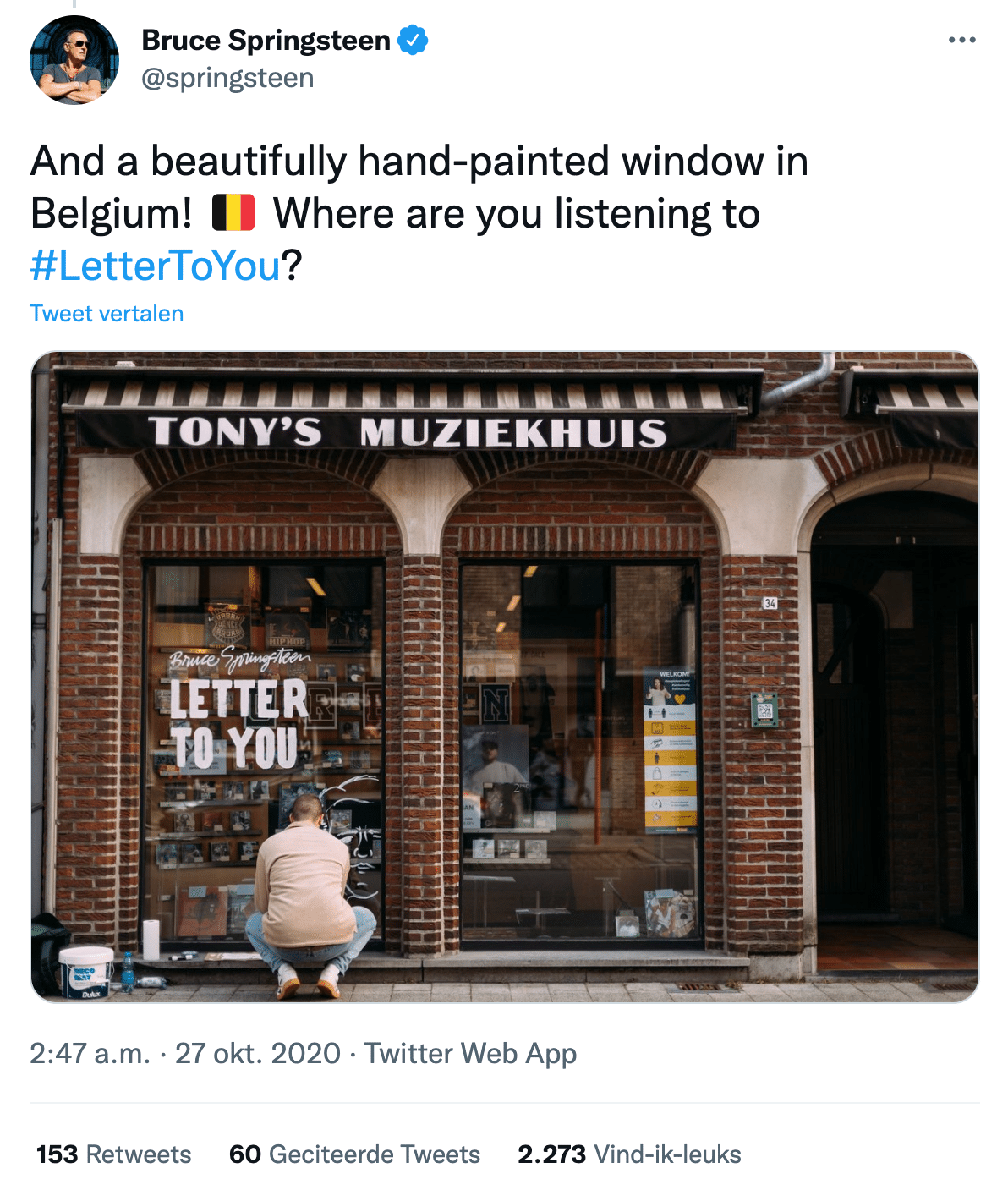
‘You should listen to Petticoat,’ I was told by a local. ‘The singing six from Geel,’ their website says. The young women cover a range of songs in different styles and languages. They tour Flanders with their show Wa is me da? (an Antwerp dialect expression, almost impossible to translate, but maybe something like the English ‘WTF!’) The performances have a wild, infectious energy, like Scala on steroids.
Every five years, the city puts on the musical GheelaMania based on the life of Dymphna. The show brings together a cast of hundreds composed of local amateurs and boarders with mental issues. ‘It’s a slightly mad idea,’ a local admitted.
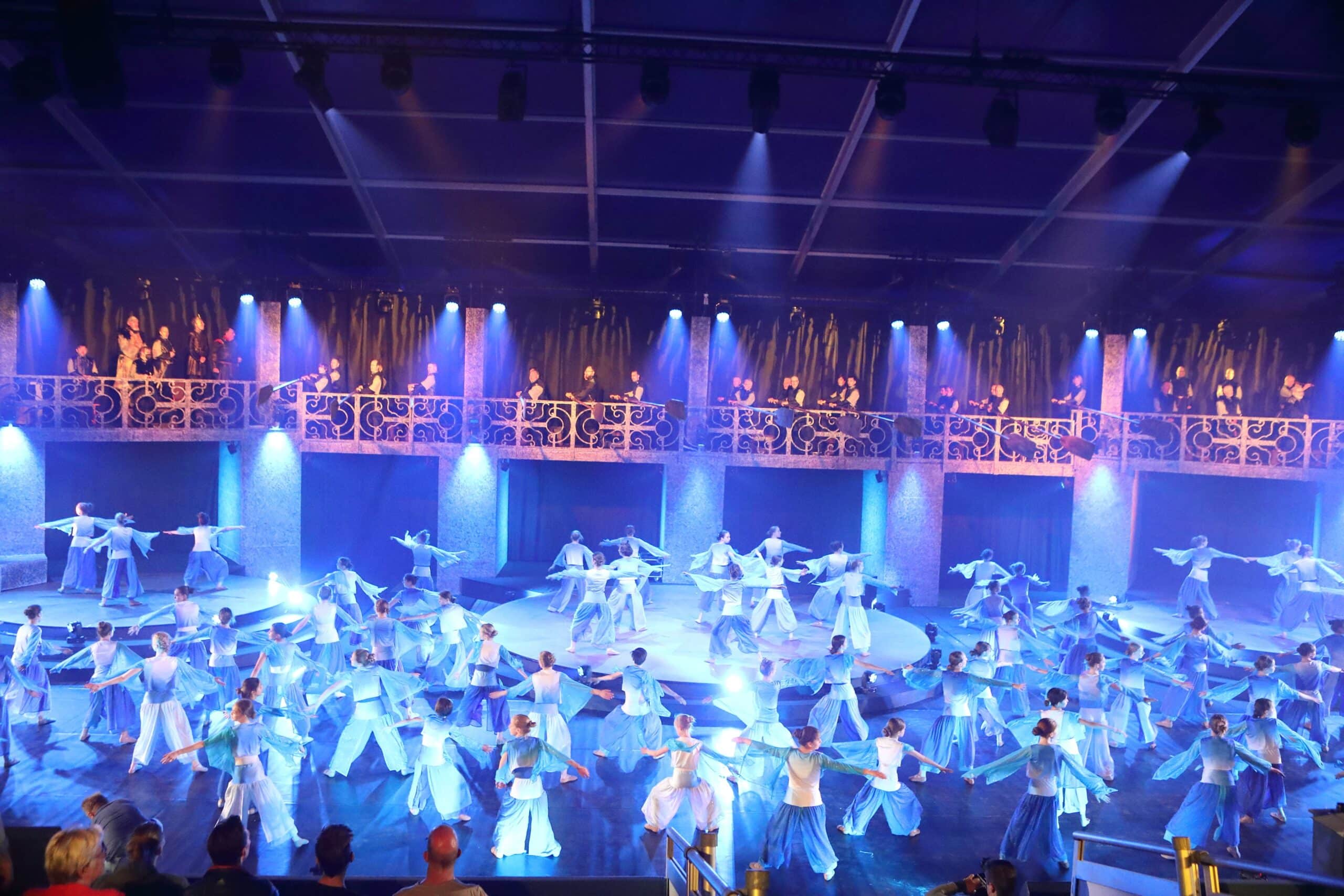 GheelaMania
GheelaMania© Hans Cools
I was starting to understand a different side to Geel. It was turning out to be a cool musical city. It is famous for a reggae festival held every year in August. One of the oldest reggae festivals in Europe, Reggae Geel was launched by a group of friends in 1978. After a modest beginning, it has evolved into a major summer festival that brings some of the best Jamaican music to Geel.
‘Is Reggae Geel the most relaxed festival in Belgium?’ asked the radio station StuBru. ‘It had a real Caribbean vibe,’ a listener responded. ‘The security is low key,’ someone else noted. ‘I can shake my ass in the air and no one looks at you as if you are mad,’ one woman claimed.
That sounds like Geel.
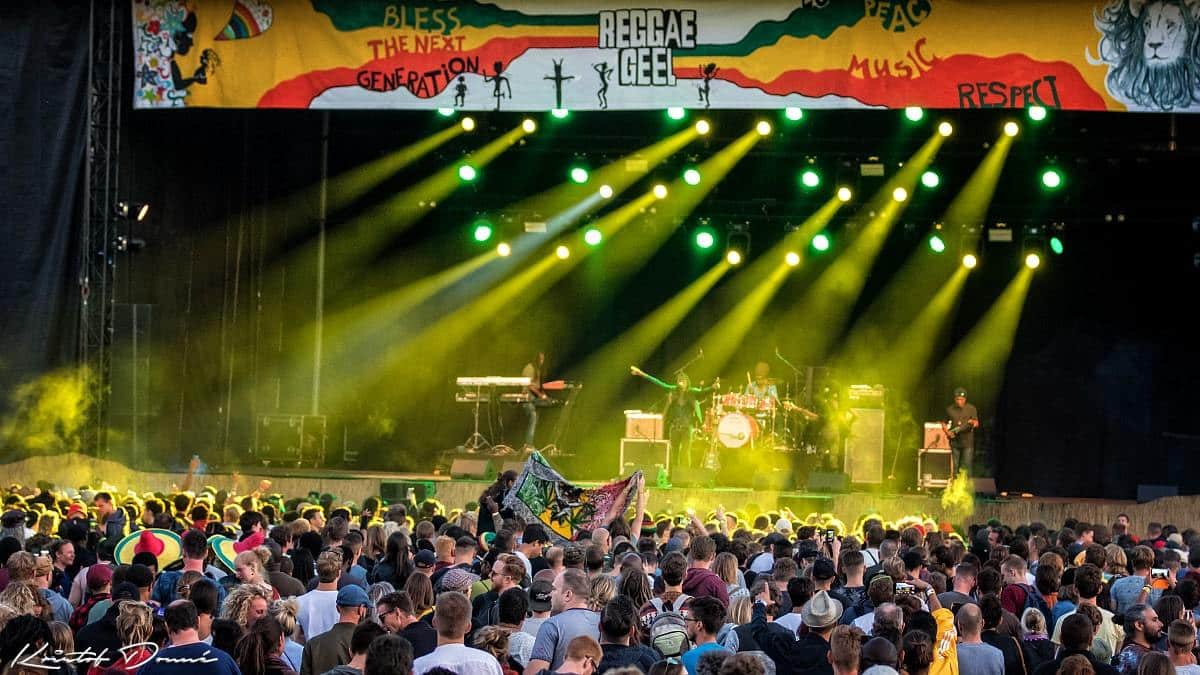 Reggae Geel
Reggae Geel© Kristof Donné
***
‘You need to look at Sas 6,’ someone had said. ‘It’s a lovely bar next to a canal.’ So I picked up a bike and headed out into the countryside.
The idyllic café is located at Sas 6 (Lock No. 6) on the Bocholt-Herentals canal, not far from Mol. The authentic Flemish interior has two dark rooms furnished with antique lamps, oil paintings and red velvet cinema seats. There are tables out in the garden under the lime trees where cyclists stop off for an Oude Geuze beer and a bowl of soup.
But Sas 6 is not the only place to stop along the canal. There’s a friendly brasserie called Sas 7, at Lock No. 7, an old Flemish café on the towpath at Sas 5, and another brasserie at Sas 9. And there is a farmhouse where they sell homemade ice cream. If you stopped at every place on the canal, you would never make it home.
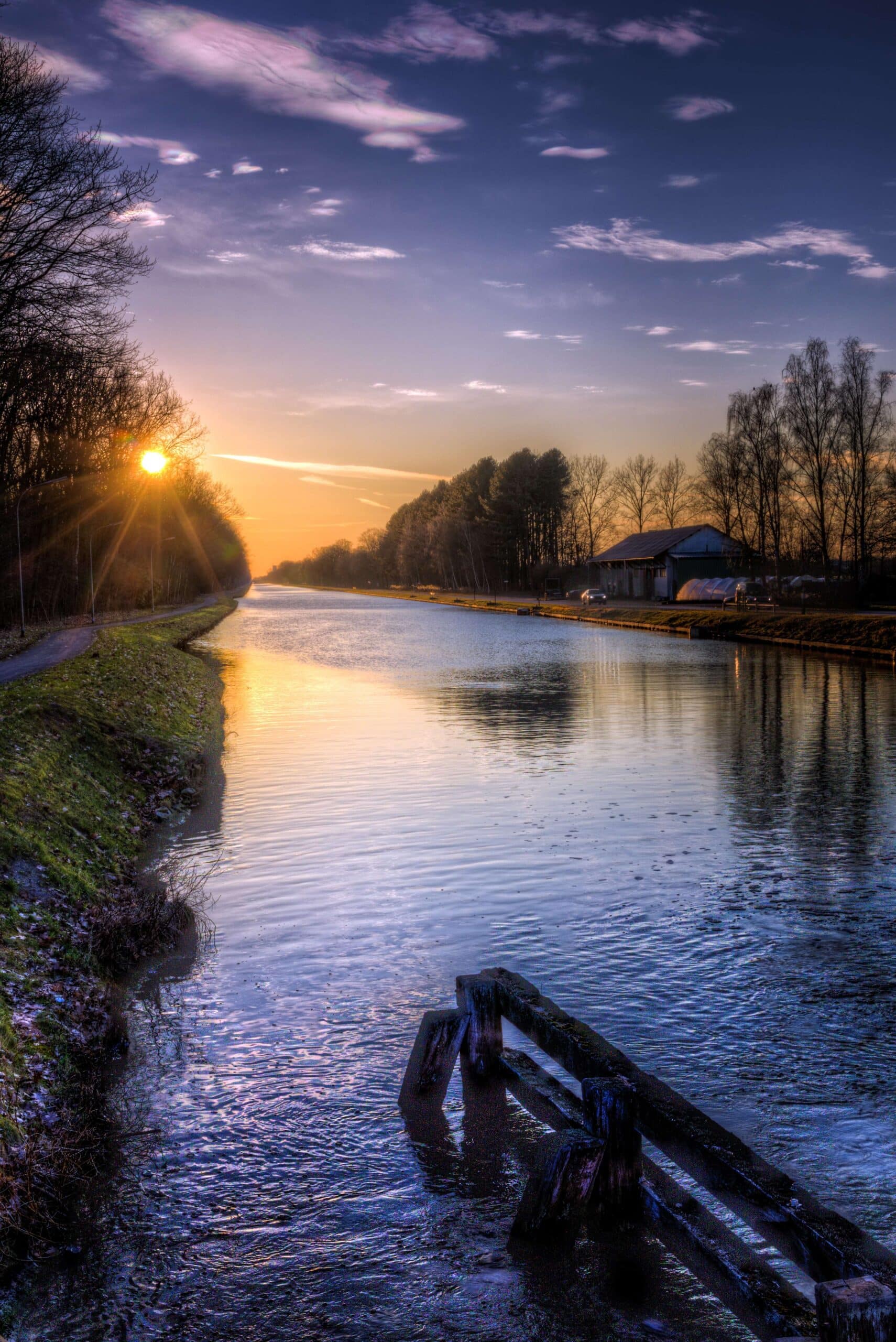 The Bocholt-Herentals canal
The Bocholt-Herentals canal© Kristof Donné
As I headed back into Geel, I discovered something else that struck me as odd. This quiet city in the Kempen countryside has become a hotspot of high-tech companies. There is a Janssen Pharmaceutica factory, a Genzyme biotech centre and one of the European Union’s seven Joint Research Centres.
It seems that companies are partly attracted to Geel by the tolerant and welcoming attitude. It makes sense. The city has been welcoming people for seven hundred years. You come here, you stay here.
Maybe it’s not such a mad idea to take a trip to Geel.
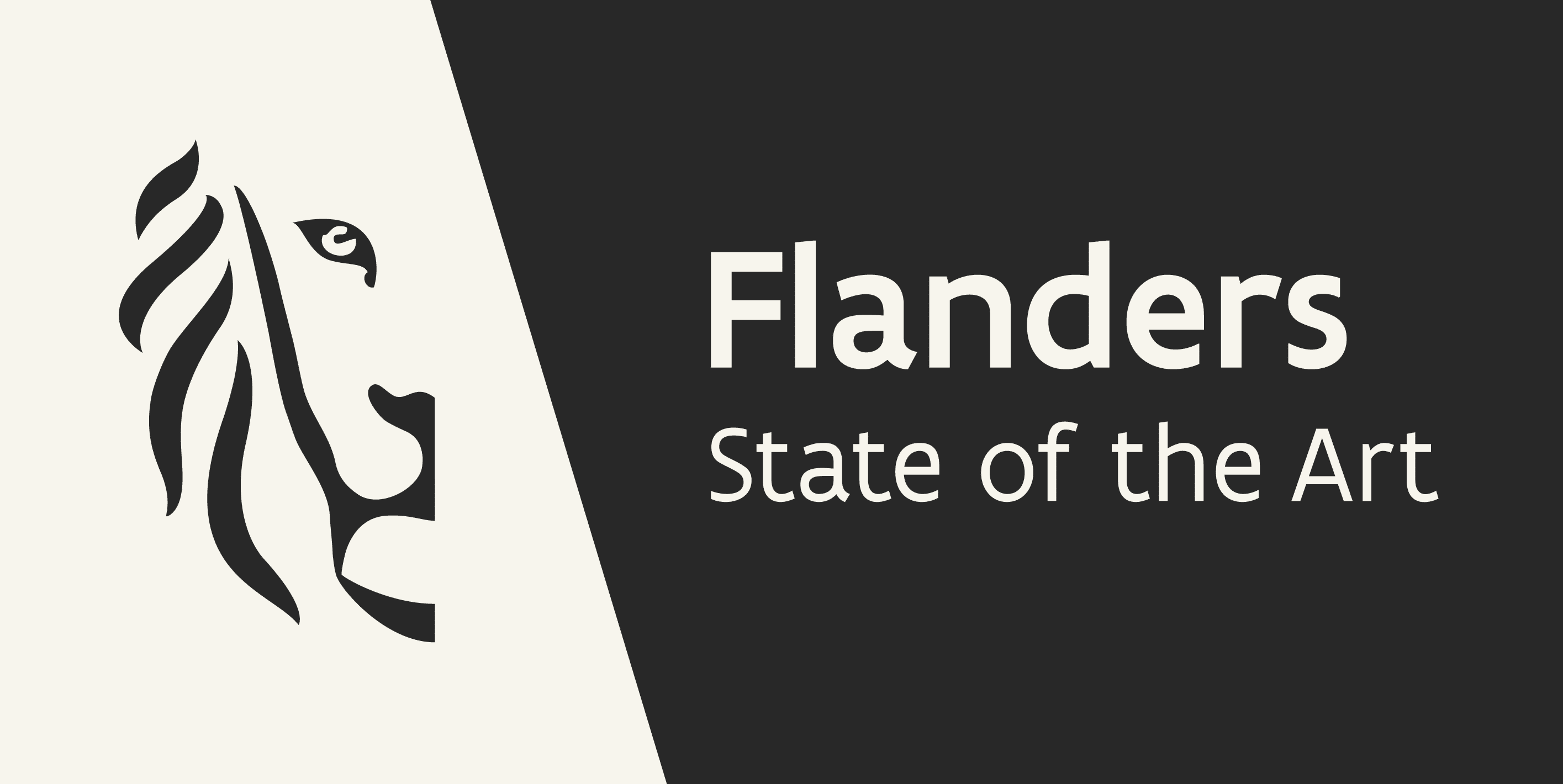
This article was realised with the support of the Flemish Government.

